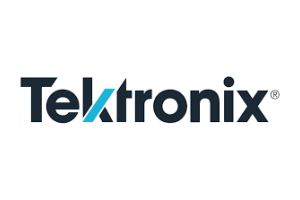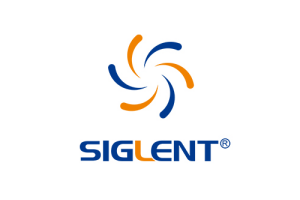Predictive maintenance
Technology instead of a crystal ball
Fortsetzung des Artikels von Teil 1
... or directly
The new, low power LTE categories LTE-M and NB-IoT establish an internet connection from the sensor to the cloud without a gateway. “This makes them ideal for sensors that do not use a data collector and, moreover, for such data collectors that only send a small amount of data to the internet using edge computing. For this purpose, Nordic Semiconductor’s nRF91 series is a good solution, because it supports LTE-M and NB-IoT.”
The highly integrated system in package (SiP) has an ARM Cortex-M33 microcontroller for programming the customer application, sensors and actuators. With its computing power, it can also execute complex algorithms for data analysis and already generate information locally from the measured data. This means that considerably less data has to be transmitted, which reduces energy and online data consumption. Besides sensors, LEDs, buttons or switching relays can be connected to the 32 GPIOs of the nRF91. The host processor with ARM TrustZone contributes to the security of application data, firmware and connected peripherals by using a trustworthy execution environment in the CPU and system.
ARM CryptoCell ensures reliable memory accesses. TLS and SSL ensure end-to-end encryption of data transmission. “If you use an nRF52 with the nRF91, you have short-range radio for sensor connection, and mobile communication for internet connection in a multicore, two-chip solution. Those who choose the nRF52840 from the nRF52 series, also has here ARM TrustZone and CryptoCell,” Bernd Hantsche adds.
Artificial intelligence for data processing
There are essentially two variants to choose from for processing the measurement data. With edge computing, this takes place on site, and with cloud computing, in the cloud. “An initial data analysis on site and internet connection is necessary in both cases,” explains Bernd Hantsche. With edge computing the internet connection is necessary for firmware updates and remote monitoring. A major advantage of edge computing is the reaction time in the millisecond range. In addition, it is no longer necessary to transfer so much data to the internet. “The disadvantage is that only the local measurement data flows into the artificial intelligence (AI) solution and thus, the learning process is restricted compared to cloud computing. Here the data can flow in from all plants operated in the field, they can be compared with each other and the changes in one plant can be deduced from the others,” says Bernd Hantsche.
With edge computing there are also limitations in terms of computing power and storage capacity. A further advantage of cloud use is that users can switch to more flexibly applied logarithms, for example, from static data analysis to machine learning or deep learning. Despite the support of artificial intelligence (AI) solutions, data analysis is not trivial. Only through the continuous learning process of the software as well as definition of the relevant measurement data, parameters and threshold values can the appropriate action at the appropriate time be derived from the evaluations.
“This happens in an iterative process, where readjustments and alignments are made every now and again, even during changes in production or changes in machinery – a learning process, not only for the artificial intelligence (AI) solution, but mostly also for the users,” says Bernd Hantsche.
- Technology instead of a crystal ball
- ... or directly











